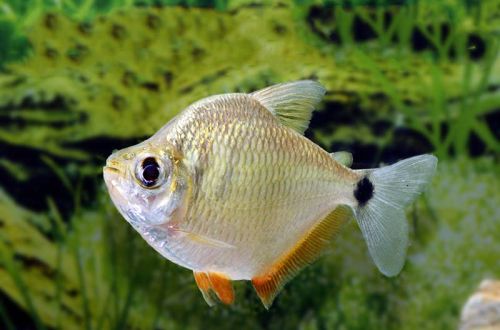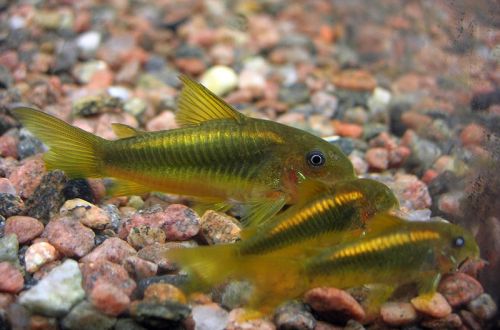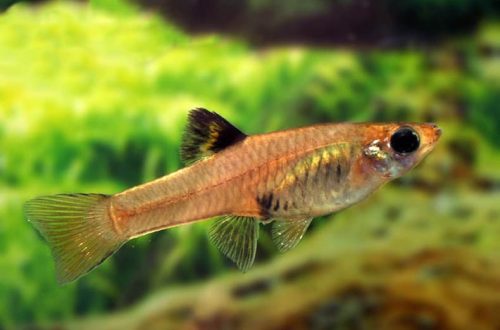
tetragonopterus
Tetragonopterus, scientific name Tetragonopterus argenteus, belongs to the Characidae family. The fish has a high stocky laterally compressed body resembling a rhombus along the farm. The coloration is silver. The ventral and anal fins are red, the rest, including the tail, are translucent. There is a large black spot on the caudal peduncle. Adults reach a length of 8-12 cm.

Habitat
Comes from South America. It is found throughout the vast expanses of the Amazon basin, as well as in the Paraná and Uruguay rivers and their many tributaries. It lives in the middle or near-bottom layer of water. Prefers regions with a lot of aquatic plants and submerged snags.
Brief information:
- The volume of the aquarium – from 350 liters.
- Temperature – 22-26°C
- Value pH — 6.0–7.5
- Water hardness – soft to medium hard (4-15 dH)
- Substrate type – any dark
- Lighting – subdued
- Brackish water – no
- Water movement is weak
- The size of the fish is 8–12 cm.
- Nutrition – any sinking food rich in protein components
- Temperament – peaceful, active
- Keeping in a flock of 8-10 individuals
Maintenance and care, arrangement of the aquarium
Tetragonopterus prefers soft slightly acidic water. Although in nature it can even be found in brackish environments, for example, at the mouth of the Paraná and Uruguay (Rio de la Plata) rivers, where fresh water mixes with salt from the Atlantic Ocean. It is sensitive to water quality and does not tolerate nitrate concentrations above 50 ml/l. Of key importance for long-term maintenance is the uninterrupted operation of the filtration system and the weekly replacement of part of the water with fresh water while removing organic waste (feed residue, excrement).
The optimal size of an aquarium for a flock of 8-10 fish starts from 350-400 liters. In the design, it is necessary to ensure a harmonious combination of free areas for swimming with places for shelters in the form of dense thickets of plants and snags. The lighting is subdued. Experienced aquarists add the leaves of some trees, which in the process of decomposition give the water a brownish tint due to the release of tannins. Similar processes take place in the natural habitat.
Food
In the wild, small invertebrates form the basis of the diet. In a home aquarium, it is permissible to serve dry food rich in protein components. However, foods in the form of live or frozen brine shrimp, bloodworms, daphnia, etc. are considered healthy supplements.
Behavior and Compatibility
Calm flock species, preferring to be in large flocks. One by one they become shy. Does not pose a threat to other peaceful fish of comparable size.





